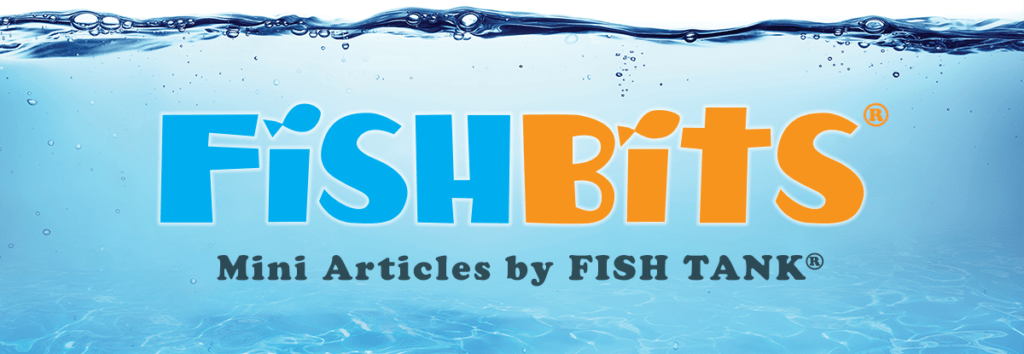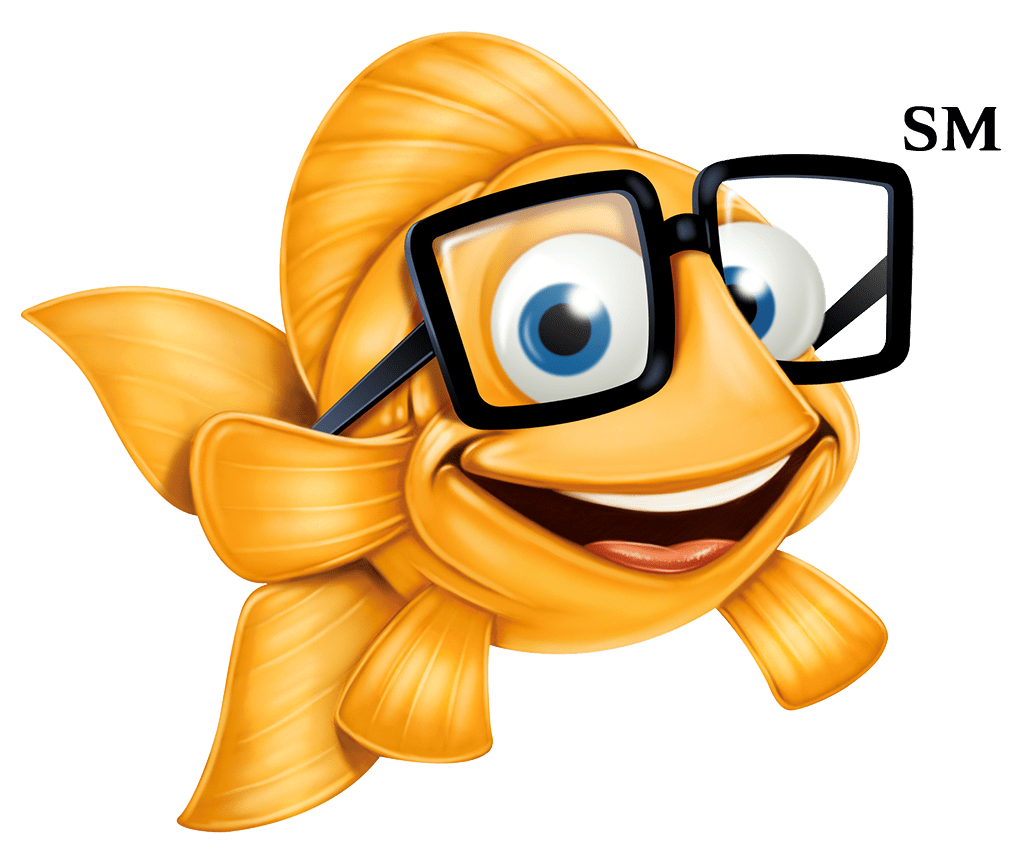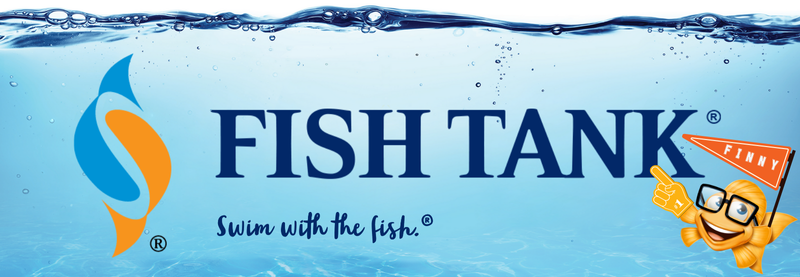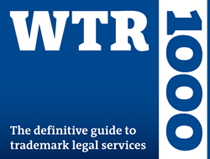Intellectual Property Insights from Fishman Stewart
Mini Article – Volume 22, Issue 8
Share on Social

Ed Sheeran Wins ‘Shape of You’ Copyright Case, Dua Lipa Faces Uphill Battle for ‘Levitating’ Copyright Cases
With the number of newsworthy copyright infringement lawsuits on the rise, a few questions come to mind. For example, is it true that if a song is a hit, a copyright infringement lawsuit will follow? Are well-known artists being unfairly targeted? Are plaintiffs merely looking for quick paydays, assuming that an artist facing an infringement lawsuit would rather settle then fight it out in court? Or are well-known artists simply stealing from lesser-known artists? You be the judge and listen to the controversial tracks below.
Recently, Ed Sheeran won a U.K. copyright infringement lawsuit over his famous 2017 song “Shape of You.” Sheeran was sued by artist Sam Chokri (aka Sami Switch) and music producer Ross O’Donoghue, who alleged that Sheeran copied lines from their 2015 song “Oh Why.” Specifically, it was alleged that the refrain “Oh I, Oh I, Oh I” from the chorus of “Shape of you” was copied from the line “Oh why, Oh why, Oh why” of their song. In a unique move to bolster his defense, Sheeran sang in court to illustrate how the melody is commonplace across pop music.
Within a span of a week, Dua Lipa was sued twice for copyright infringement for her hit song “Levitating.” The first suit was filed by the reggae band Artikal Sound System who alleged that Lipa’s song infringes their song “Live Your Life.” The second suit was brought by L. Russel Brown and Sandy Linzer who were the composers of the songs “Wiggle and Giggle All Night” and “Don Diablo.”
To prove copyright infringement, a plaintiff must demonstrate that the defendant had access to the plaintiff’s copyrighted work, and that the defendant’s work is “substantially similar” to the copyright work. But what qualifies as “substantially similar” for the complex and abstract art of the music industry?
Music cannot often be reduced to just a few comparable elements. The works must be compared as a whole as well as by the many individual musical elements that make up the work, including pitch, timing, melody, harmony, rhythm, lyrics, and instrumentation among many others. This is why forensic musicologists often play vital roles in these types of copyright infringement cases.
Forensic musicologists dissect and compare the songs from every angle imaginable, including historical influences and common tropes of existing musical styles. The musicologist’s report is a thorough examination of the conflicting works through a lens that goes far beyond the lay listener’s reception of the song over the radio. The reports often feature visualized sound graphs, isolated vocals and instrumentation, and established musical theory. Most importantly, an experienced musicologist can effectively convey the complexities of the report to the audience, a panel of judges or a jury, in a way that promotes understanding and justice.
With these rigorous examinations, songs that sound the same may not ultimately be copying one another, and songs that are seemingly unalike may have elements that are stolen. While art is a subjective medium, arbiters of the law seek to employ objective tests and measurements in these cases to reach a fair conclusion. A difficult feat, especially considering these courtroom decisions can impact how artists express themselves.
Ultimately, the court in the Sheeran case ruled that Sheeran “neither deliberately nor subconsciously” copied lines from “Oh Why.” The court determined that there was no evidence that Sheeran actually heard the song “Oh Why” before writing “Shape of You” and that there were material differences between relevant parts of each song. Dua Lipa’s cases are in progress. It will be interesting to see how they play out. Keep an eye out for future Fish Tank® articles for updates.
“I’m happy it’s over. I’m happy we can move on and get back to writing songs,” said Sheeran.
Published April 22, 2022


Related Content from Fishman Stewart
In February, Nike and Skims announced that they will be working together on a new brand, NikeSkims. The co-brand will create a new line of training apparel, footwear, and accessories specifically designed to meet the unique needs of women athletes.
Generally, federal courts have exclusive jurisdiction over copyright cases, and often, this presents an insurmountable paywall for individual artists and small businesses to vindicate their rights, especially where the value of the individual copyrighted works are relatively low.
Dedicated to raising public awareness about the importance of encouraging innovation and creativity throughout the world, the World Intellectual Property Organization (WIPO) annually observes World Intellectual Property Day on April 26 to showcase the role that patents, trademarks, industrial designs, copyrights and trade secrets play in our everyday lives.
Hold onto your foam fingers, sports fans – college sports just got a whole lot more interesting! The latest updates to Name, Image, and Likeness (NIL) rules are making student-athletes bigger than ever, and it’s not just about the game anymore.
Did a federal court in Louisiana recently decide that US copyrights are global rights? It seems so.
One of his most famous songs, “Lose Yourself” was recently at the center of a lawsuit. In 2019, Eminem’s publishing company Eight Mile Style sued Spotify claiming that Spotify streamed a number of its musical compositions without proper licenses.
One of the most common challenges is whether AI should be free to train on data that is protected by copyright and owned by third parties without first obtaining permission.
The U.S. Copyright Office (USCO) recently published its latest report on AI and “copyrightability.” In short, the USCO considers only some AI-generated works to be sufficiently creative as to deserve copyright protection, and thus, registration.
Back in the 1940’s assignments by independent contractors could be permanent and irrevocable. Things changed in 1976, when Congress overhauled the Copyright Act.
Generally, copyright protects the specific expression of ideas, such as the arrangement and presentation of visual elements, but it does not protect general concepts or styles.
IDENTIFYING, SECURING AND ADVANCING CREATIVITY®












